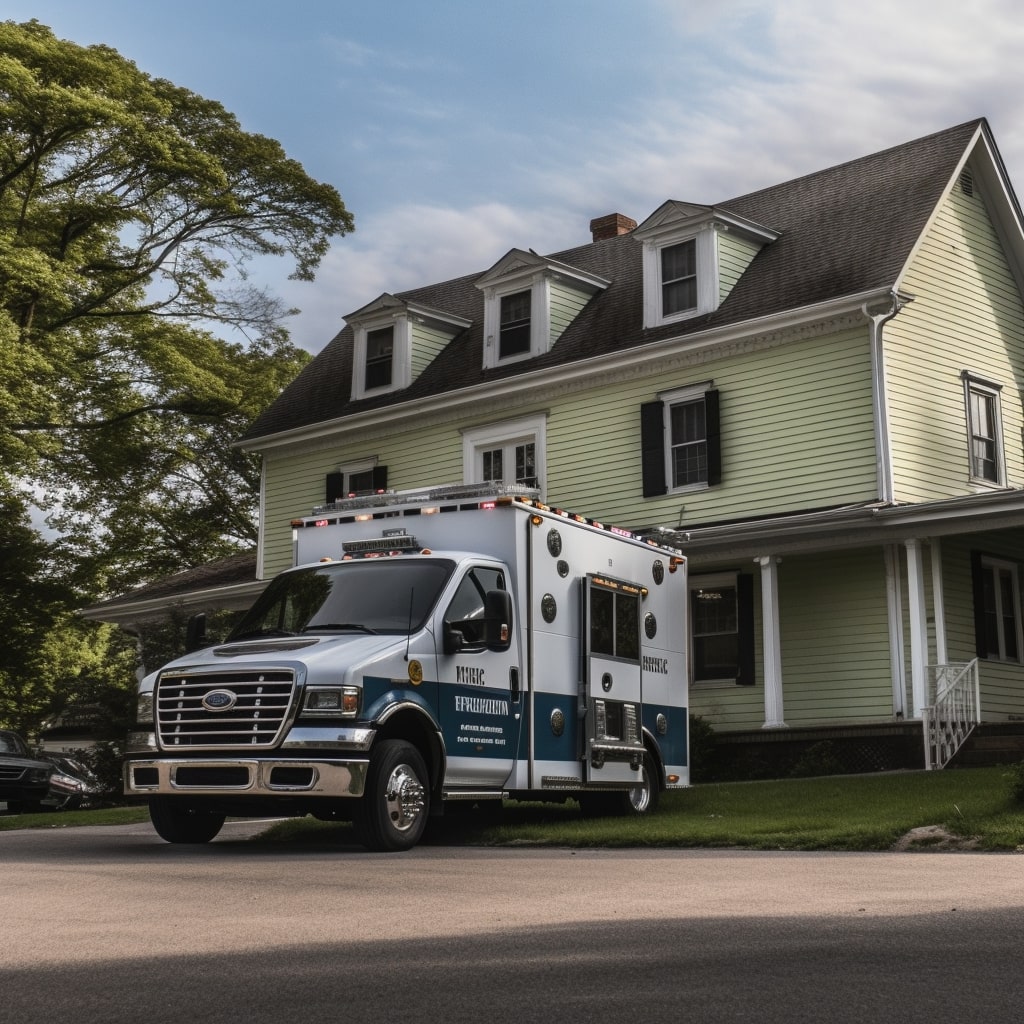In the wake of criminal incidents, the demand for professional crime scene cleanup is imperative for both safety and emotional well-being. This article delves into the meticulous work of these specialists, who deftly handle biohazard removal and property restoration.
We will explore the advanced techniques and tools employed to ensure thorough sanitization and the discreet support offered to affected parties, highlighting the importance of their expertise in restoring order to environments touched by tragedy.
Understanding Crime Scene Cleaning
Crime scene cleaning involves a meticulous process that requires the use of every available tool and technique to restore a site to safety.
Rigorous training requirements ensure technicians are equipped to manage health risks while observing stringent safety precautions.
Legal considerations govern their conduct, ensuring compliance with regulations.
The psychological impact on those performing this duty is profound, demanding resilience and fortitude.
The Necessity of Professional Expertise
Building upon the complexities of crime scene cleaning, it is essential for individuals with specialized training and experience to undertake the meticulous restoration process. Adhering to stringent training requirements ensures compliance with legal considerations, while meticulous health and safety precautions protect against hazardous exposures.
Professionals are equipped to manage the psychological impact, justifying the cost of professional services indispensable for restoring order to locations marred by tragedy.
The Body’s Decomposition Explained
Understanding the body’s decomposition process is crucial for crime scene cleanup professionals as they face the challenges of eliminating biological contamination and restoring the affected environment.
- Stages of decomposition dictate the cleanup approach.
- Body fluid seepage poses significant biohazard risks.
- Insect activity indicates time and progression.
- Decomposition odor necessitates specialized decontamination methods.
Professionals meticulously address these factors during biohazard cleanup, ensuring a thorough and discreet restoration.
Identifying Layers of Contamination
Addressing the aftermath of a tragedy, crime scene cleanup teams meticulously analyze the area to identify layers of contamination, including deeply embedded biological materials and pervasive odors.
Contamination assessment is critical, pinpointing contamination sources for effective removal. Utilizing stringent protocols ensures contamination prevention, while specialized techniques facilitate discreet contamination disposal, safeguarding public health and restoring environments to their pre-incident state.
Emotional Benefits of Outsourcing Cleanup
Outsourcing the demanding task of crime scene cleaning offers significant emotional relief to those affected by the incident, as it alleviates the burden of confronting traumatic visuals and memories.
- Fosters psychological healing by removing distressing stimuli
- Aids trauma recovery, ensuring a supportive environment
- Provides emotional support through professional detachment
- Enhances coping mechanisms, contributing to mental well-being
Advanced Cleaning Techniques
Crime scene cleanup professionals’ arsenal of advanced cleaning techniques plays a crucial role in transforming the chaotic aftermath of a crime into a safe and sanitized environment. Utilizing specialized cleaning equipment, they apply advanced disinfection techniques and biohazard containment methods.
Techniques for removing bodily fluids are meticulously employed, alongside effective odor removal, ensuring every surface is restored to its pre-incident state with clinical precision and unwavering discretion.
Specialized Tools for Crime Scenes
In the realm of crime scene cleanup, professionals employ an array of specialized tools to meticulously decontaminate and restore affected areas. These include:
- Advanced cleaning tools for thorough scrubbing
- Specialized solvents for stubborn biological residues
- Disinfectant substances to ensure a sanitized environment
- Blood detection methods for uncovering invisible traces
The discreet use of biohazard cleaning equipment is critical for returning sites to their pre-incident condition.
Ensuring Thorough Crime Scene Restoration
A meticulous approach to crime scene restoration is essential to ensure that all physical traces of the incident are eradicated, allowing the space to be safely inhabited once more.
Addressing crime scene cleanup challenges requires a rigorous process, guided by certified professionals. They follow stringent safety precautions to manage biohazards, with cost factors varying by the extent of contamination and resources needed for complete amelioration.
Conclusion
In conclusion, crime scene cleanup is a crucial service that requires professional expertise. Technicians adept in advanced cleaning methodologies and equipped with specialized tools ensure the comprehensive restoration of affected areas.
This meticulous process not only adheres to rigorous safety standards but also provides essential emotional relief to those impacted by the crime. By systematically eliminating all traces of biological material and contamination, these professionals restore order and tranquility to spaces disrupted by calamitous events.

